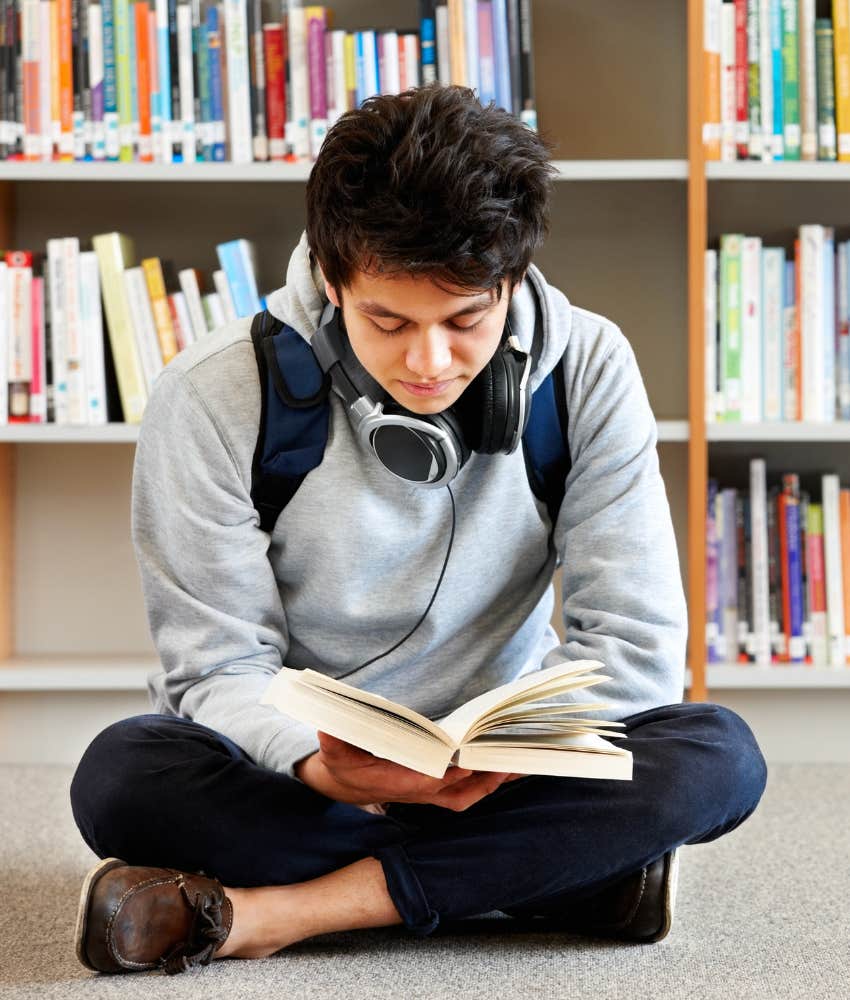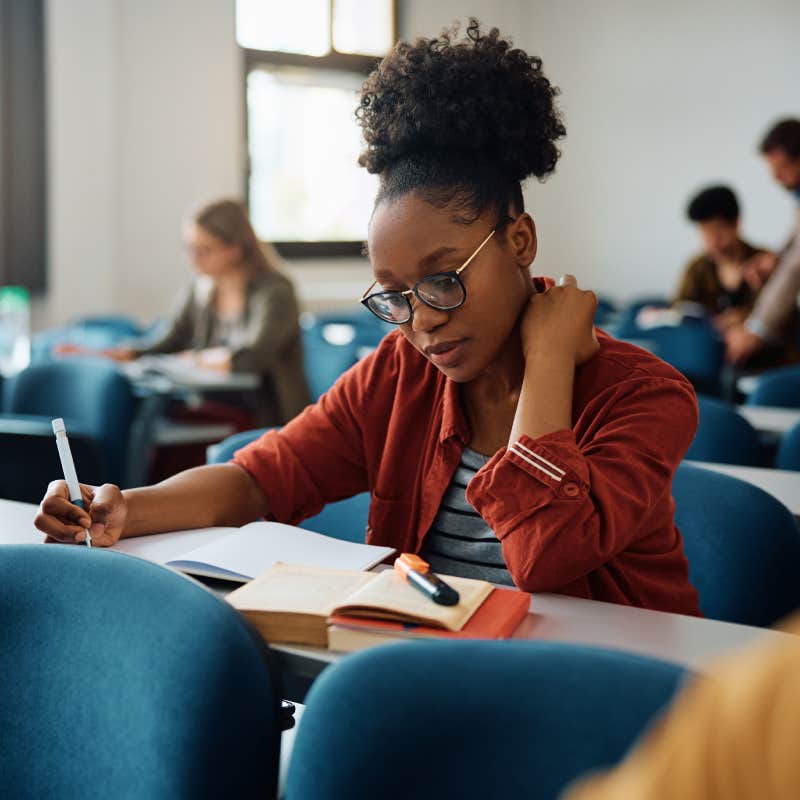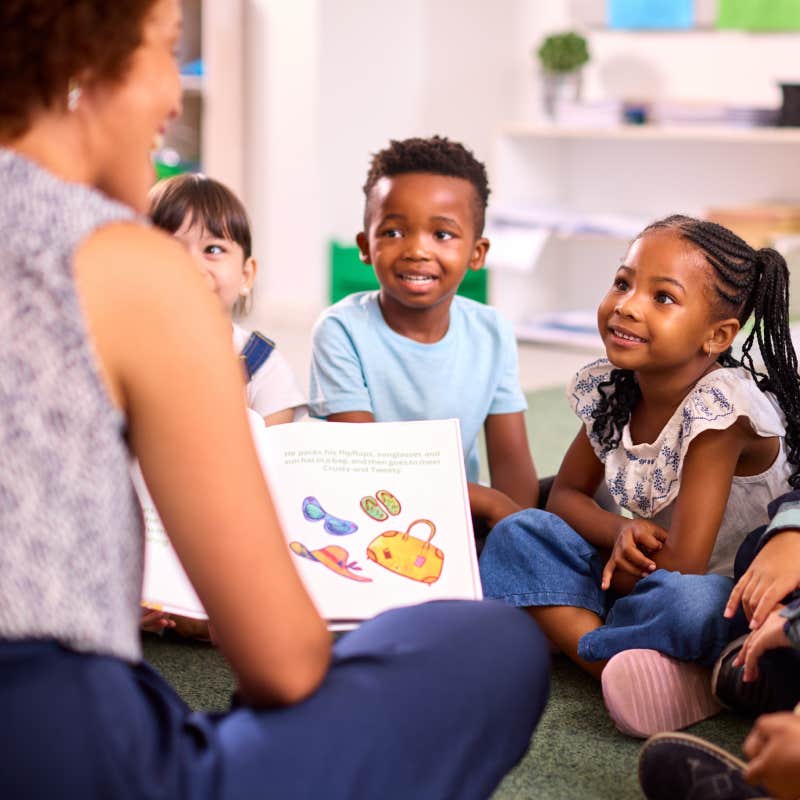Professors From 'Elite' Colleges Admitted That Many First-Year Students Who Came From Public Schools 'Don't Know' How To Read Books
Many freshmen college students at places like Stanford and Columbia are struggling to read books from cover to cover.
 Drazen Zigic | Shutterstock
Drazen Zigic | Shutterstock To get into top universities and colleges like Harvard, Yale, Princeton, and Columbia, prospective students are required to have received high scores on their SATs and/or ACTs while also maintaining a high GPA throughout high school, along with an impressive list of extracurriculars that round out what kind of student they were.
It's no secret that earning a spot at prestigious schools is exclusive to the highly intellectual, but it seems the standard for the kind of student at places like Yale may have changed.
In an article written for The Atlantic, Rose Horowitch spoke with several professors from elite schools like Georgetown, Columbia, and Stanford about the concerning rate of illiteracy they are seeing in their classrooms from first-year students. Their revelation has added to the growing crisis in many American public schools, where students are severely behind in their reading levels.
Professors from 'elite' colleges said that many students who graduated from public schools 'don't know' how to read books.
Speaking to The Atlantic, Columbia University humanities professor Nicholas Dames explained that he was "bewildered" by the number of his students who weren't motivated or willing to finish multiple books a semester.
 Dean Mitchell | Canva Pro
Dean Mitchell | Canva Pro
Dames was even more shocked when one of his first-year students confided in him that at her public high school, she wasn't required to ever read an entire book. Instead, she'd been assigned excerpts, poetry, and news articles, but never an actual book that she was supposed to read from cover to cover.
The professors indicated that the aversion to reading among students started recently but the literacy problem is pervasive.
Dames claimed that he didn't have this problem 20 years ago when he engaged in spirited discussions with his students about books like "Pride and Prejudice" and "Crime and Punishment."
 Just Dance | Shutterstock
Just Dance | Shutterstock
Horowitz admitted that while there isn't any data that exists about this trend of illiteracy among college students from the 33 professors she spoke to at different institutions, the problem persisted.
Anthony Grafton, a Princeton historian, noticed that his students were coming to campus with a narrow understanding of vocabulary and less understanding of language in general.
While there are students who "read insightfully and easily and write beautifully," he told the publication, "they are now more exceptions."
Jack Chen, a Chinese literature professor at the University of Virginia, found his students "shutting down" when confronted with ideas they didn’t understand and were less able to complete a challenging text than past students.
 Drazen Zigic | Shutterstock
Drazen Zigic | Shutterstock
New education initiatives emphasize the importance of standardized tests and informational texts over reading comprehension and the humanities.
Things like "No Child Left Behind" and "Common Core," which have become staples in many public schools, have forced teachers to shift from books to short passages that match standardized tests and comprehension exams.
Compared to private schools, which many professors noted have higher rates of students who are more than willing to read books from front to back, public school educators sometimes have no choice but to teach to the tests.
Private schools receive an abundance of funding from tuition and endowments, giving students a more thorough college preparatory education.
To combat this disparity, many college professors have no choice but to assign less reading.
Victoria Kahn, a literature professor at UC Berkeley, explained to Horowitch that she used to assign 200 pages each week. Now, she has students read less than half of that.
"I don’t do the whole 'Iliad.' I assign books of 'The Iliad.' I hope that some of them will read the whole thing," Kahn said. "It’s not like I can say, 'Okay, over the next three weeks, I expect you to read 'The Iliad,' because they’re not going to do it."
American public schools are facing a literacy crisis among their students.
The pandemic has been to blame for why so many students are severely behind in reading. However, the literacy crisis didn't start because kids were being forced to do school on their computers and at home instead of in a classroom.
In 2019, results on national and international exams showed stagnant or declining American performance in reading and widening gaps between high and low performers. Experts also pointed to a shortage of educators who are trained in phonics.
Literacy issues seem to greatly impact lower-income and marginalized communities. However, there does seem to be a solution that many public school teachers are pushing for.
 Monkey Business Images | Shutterstock
Monkey Business Images | Shutterstock
Speaking with EdSource, a nonprofit newsroom dedicated to covering equity in education, teachers and principals alike admitted that it's important to have additional aides in the classrooms to supervise and support reading instruction.
One teacher claimed that having a trained tutor in her classroom meant she could support five literacy groups instead of two and provide extra support to children who were behind.
Public school educators are aware of the crisis, but without the proper support and funding from state lawmakers, they can't get anything done.
Nia Tipton is a Chicago-based entertainment, news, and lifestyle writer whose work delves into modern-day issues and experiences.

